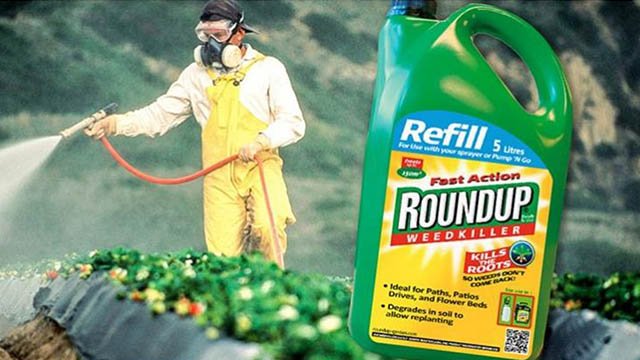Introduction.
On February 6, 2018, the Committee on Science, Space, and Technology is scheduled to hold a hearing entitled, “In Defense of Scientific Integrity: Examining the IARC Monograph Programme and Glyphosate Review.” The chemical glyphosate is a herbicide most commonly found in Monsanto’s commercial weed-killer Roundup. Committee Chairman Lamar Smith scheduled this hearing after months of letter writing criticizing the IARC review of glyphosate and examining the EPA’s actions on glyphosate. Many of the criticisms contained in the Committee’s letters regarding IARC mimic criticisms that the chemical industry has leveled on the IARC process. Since these industry talking points are apparently the basis for both a Congressional investigation as well as a Committee hearing, Minority Committee Staff has written this staff report to better inform the Committee Members about the chemical industry tactics which have ultimately produced these industry talking points. The report necessarily focuses on the Monsanto Company due to their primary role in inventing, selling, and marketing glyphosate and glyphosate resistant seeds. This report is based in no small part on documents that have been made publically available due to ongoing third-party litigation with Monsanto. 1 These newly released public documents have revealed in an unprecedented manner the tactics of the chemical industry in attacking public health science related to their products.
Background.
In March 2015, the World Health Organization’s (WHO’s) International Agency for Research on Cancer (IARC), based in Lyon, France, released a hazard assessment that found glyphosate to be “probably carcinogenic to humans.” In December 2017, the EPA released a draft human health risk assessment that concluded, “glyphosate is not likely to be carcinogenic to humans.” There are significant differences between these two types of assessments because they attempt to evaluate different questions. According to IARC, “A cancer ‘hazard’ is an agent that is capable of causing cancer under some circumstances, while a cancer ‘risk’ is an estimate of the carcinogenic effects expected from exposure to a cancer hazard.” As more scientific data is gathered and analyzed to more fully understand the impacts of glyphosate on human health, it is important for the science to lead the way, and for industry and politicians to remain on the sidelines. But that has not happened. There is significant evidence that Monsanto launched a disinformation campaign to undermine IARC’s classification of glyphosate as a probable carcinogen. A multi-district litigation court case against Monsanto regarding potential adverse health consequences of exposures to glyphosate has revealed hundreds of pages of internal Monsanto e-mails, memorandums, and other records that clearly show Monsanto engaged in a decades-long concerted effort to fend off any evidence suggesting potential adverse human health effects from glyphosate and more recently to undermine IARC’s findings. They ghost wrote scientific articles on glyphosate, established front groups to help amplify their anti-IARC message and scientific evidence they did not like, and they attempted to silence scientists who reached conclusions questioning glyphosate’s safety.
Minority Staff Report Prepared for Members of the Committee on Science, Space & Technology, U.S. House of Representatives
February 2018
REVISED – FINAL Minority Staff Report on Glyphosate 2.6.2018


